LE CORBUSIER- A Pioneer of the Modern Architecture
Le Corbusier is one of the most renowned Swiss-born French Architect that ever existed. Born on 6 October 1887, in Switzerland, he was initially was named Charles Edouard Jeanneret. However, when he died on 27 August 1965, in France, he was famous for his pseudonym. He renamed himself in 1920 as a byline for a journal he wrote and it was then that he got famous as “Le Corbusier”.
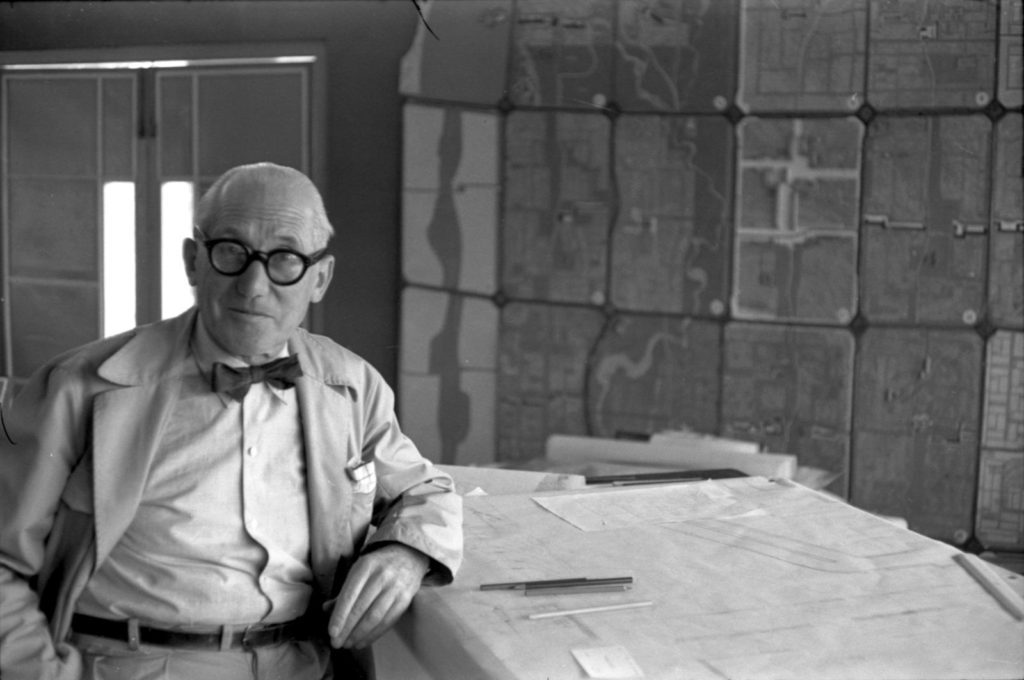
He also played a major role as a designer, writer, painter, and urban planner, apart from being a legendary architect. Also, he was one of the pioneers of Modern Architecture, which is the image of the present World.
His design career spanned for five decades and he gave his contribution to building major cities as well as buildings in Europe, India, Japan and North, and South America.
Le Corbusier wanted to provide a better lifestyle for crowded cities so he gained his interest in Urban Planning. Thereafter, he then designed the master plan of Chandigarh, India, one of his most renowned works.
JOURNEY TO ARCHITECTURE:
Le Corbusier lacked formal training as an architect. He was more into visual arts and also attended the higher course of decoration, founded by a painter. He highly got inspired by nature during this time. Thereafter, he spent most of the life in the mountains and he became fonder of nature.
He chose the field of architecture because of his art teacher L’Eplattenier.
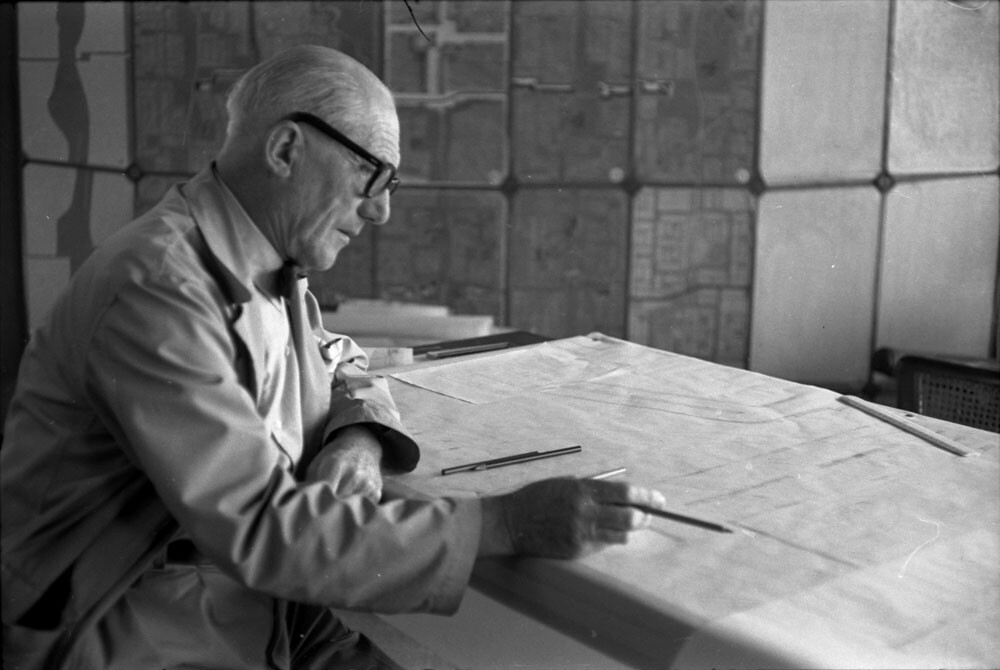
LE CORBUSIER: CHANDIGARH, THE CITY BEAUTIFUL:
Chandigarh, the capital city of Punjab State in India was the largest and most ambitious project of Le Corbusier. He always believed Chandigarh to be the “City of Trees”. His design for Chandigarh had many of his favorite ideas: an architectural seafront, the local landscape; a beautiful city with the play of sunlight, and shadows.
The post-war “Garden City” has a grid iron pattern layout with a rectangular road network for easy traffic flow. The main concept for the city was to divide the city into different sectors similar to Indian “mohalla”. The city has mainly two axes a green strip running North to South and a commercial road running East to West.
He compared the city to a human being as the ‘head’ contained the capital complex; the ‘heart’ was for the commercial center and the ‘arms’ had the academic and leisure facilities.
Le Corbusier’s design for Chandigarh gave a new life to India as this was the first modern planned city in the country.
DESIGN PHILOSOPHY:
Le Corbusier gave us so many new design principles to learn from. Below mentioned are the 5 design principles that Corbusier followed for most of his building designs.
- The Pilotis: To replace load-bearing walls, his design had a grid of columns. This helped in increasing the chance of bigger rooms.
- Flexible Spaces: The absence of load-bearing walls gave life to flexible living spaces that could adapt to changing lifestyles.
- Roof Gardens: Covered terrace used for vegetation to keep moisture consistent and regulating temperature.
- Horizontal windows: Long horizontal windows for well-lit interior spaces.
- Free facade design: Separating the exterior making it free from the structural constraints.
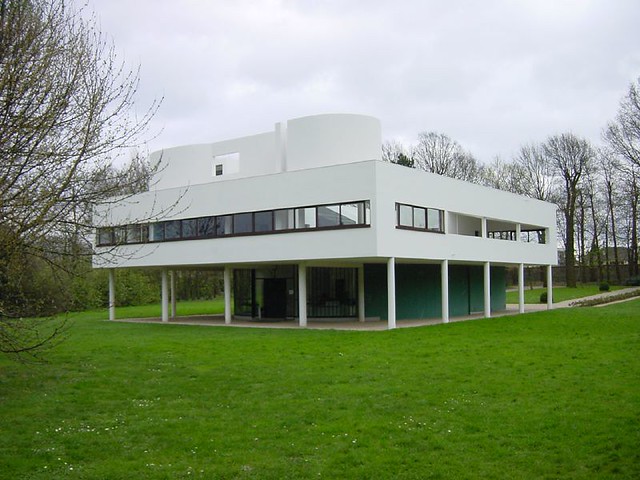
Le Corbusier quoted- “Space and light and order. Those are the things that men need just as much as they need bread or a place to sleep”.
LOVE FOR CONCRETE:
More than 75 projects prominently shout out the Corbusier’s love for concrete and its creative use of concrete. He was very much fascinated by the sculptural and structural capabilities of concrete; therefore, he kept exploring it in different ways throughout his life.
He believed in the exposure of the material. Be it exposed concrete, brick, or stone, raw textures can be prominently seen on several building facades designed by him.
SOME OF THE MOST ICONIC LE CORBUSIER BUILDINGS:
PALACE OF ASSEMBLY, CHANDIGARH
The Palace of Assembly is the elegant gift that Le Corbusier gifted to the city of Chandigarh. The standing symbol of nature, set beside the azure pool evokes serenity.
The major points of attraction in this building are the entrance door depicting the vision of modern India and the hyperbolic tower extending above the roofline.
The building stands to be the perfect example of a simple form and symmetry.
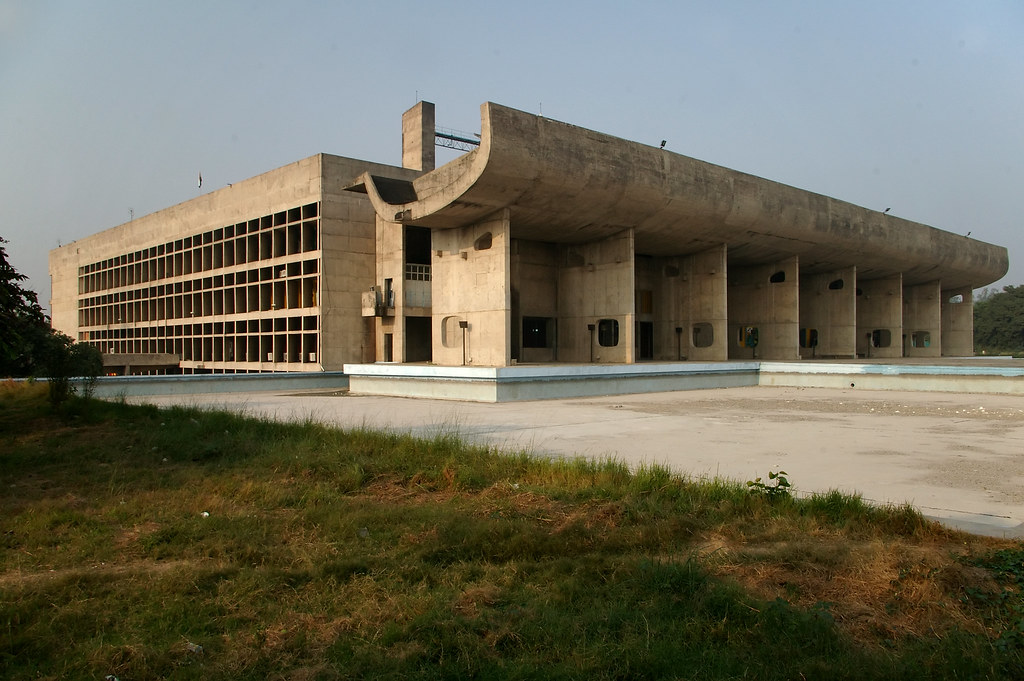
MILL OWNERS’ ASSOCIATION BUILDING, AHMEDABAD:
The office building has a warm, welcoming look and is full of life. With few curves in the design, the slanting walls show the depth of the exposed texture. Plants spilling out from the facade activate the concrete and brick exposed walls and supplement the roof gardens.
The building is no less than a treat to eyes and full of natural elements.
VILLA SAVOYE, POISSY:
Villa Savoye is the most renowned work of Le Corbusier and falls under modern architecture. The building designed as the weekend getaway home follows the five design principles of the architect.
A part of the “White Villa” Series, the building follows ‘Spatial planning’- spaces planned to maximize efficiency with a minimalistic aesthetic.
The attractive elements in this villa are a series of ramps and the sculptural spiral staircase which provide a gradual movement between levels.
SAINT-PIERRE, FIRMINY:
The last major creation of Le Corbusier was built 41 years after his death by his student, Jose Oubererie. Rising like a cone, the building stands “vast so that the heart may feel at ease, and high so that prayers may breathe in it” as quoted by the architect himself.
Natural lights flood in with his innovative ideas for windows; light boxes and a series of organized openings.
LE CORBUSIER CREATIVE LIFE:
FURNITURE AND PRODUCTS:
Le Corbusier tried his artistic hands in many creative things be it designing buildings or furniture.
His idea of furniture was sleek and functional; so that it should fulfill the purpose; however, should not take up much space. That’s when he came out with his own furniture line ‘Le Corbusier Furniture’ by 1928 in Paris.
He described three different types of furniture- type-needs, type-furniture, and human-limb objects. His thinking for human-limb objects was that they are the extensions of our limbs which are adapted for human functioning.
Let’s have a look at some of his best creations.
Le Petit Confort Soft:
What makes it different from other sofas is that the cushions burst out of the chair cage.
The frame has a variety of colors to select from. You can also choose from two options of upholstery, deluxe leathers or high-quality fabrics. Cushions are filled with feather giving it a soft touch. It measures 64cm x 75cm x 70cm. The seat height is 45cm.
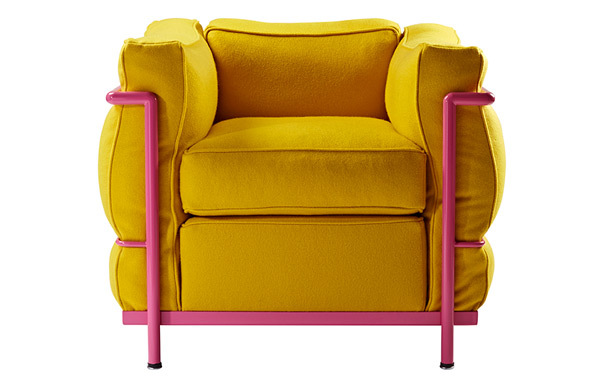
LC1 Sling Basculant Chair:
This sleek and classic chair has a rod that connects the back of the chair with the frame. The chair is flexible and the angle of the seating changes when the user shifts his position.
It measures 66cm x 57cm x 64cm.
The chair is made up of natural wood and tubular steel which gives the furniture piece an elegant look. The upholstery used is made of cowhides and leathers.

He quoted- “Chairs are architecture, sofas are bourgeois”.
LC14 Tabouret Nantes Reze by Cassina:
A box-like minimalistic furniture piece was designed for children’s room in 1955, this is a combination of stool and a side table. To join the two sides, a dovetail joint has been used..
The surfaces of this piece are of different finishes, oak, open-pore in ultramarine blue paint on the main sides and brown color on the smaller panels.
There are small rectangular openings on all sides which makes it easier to handle.
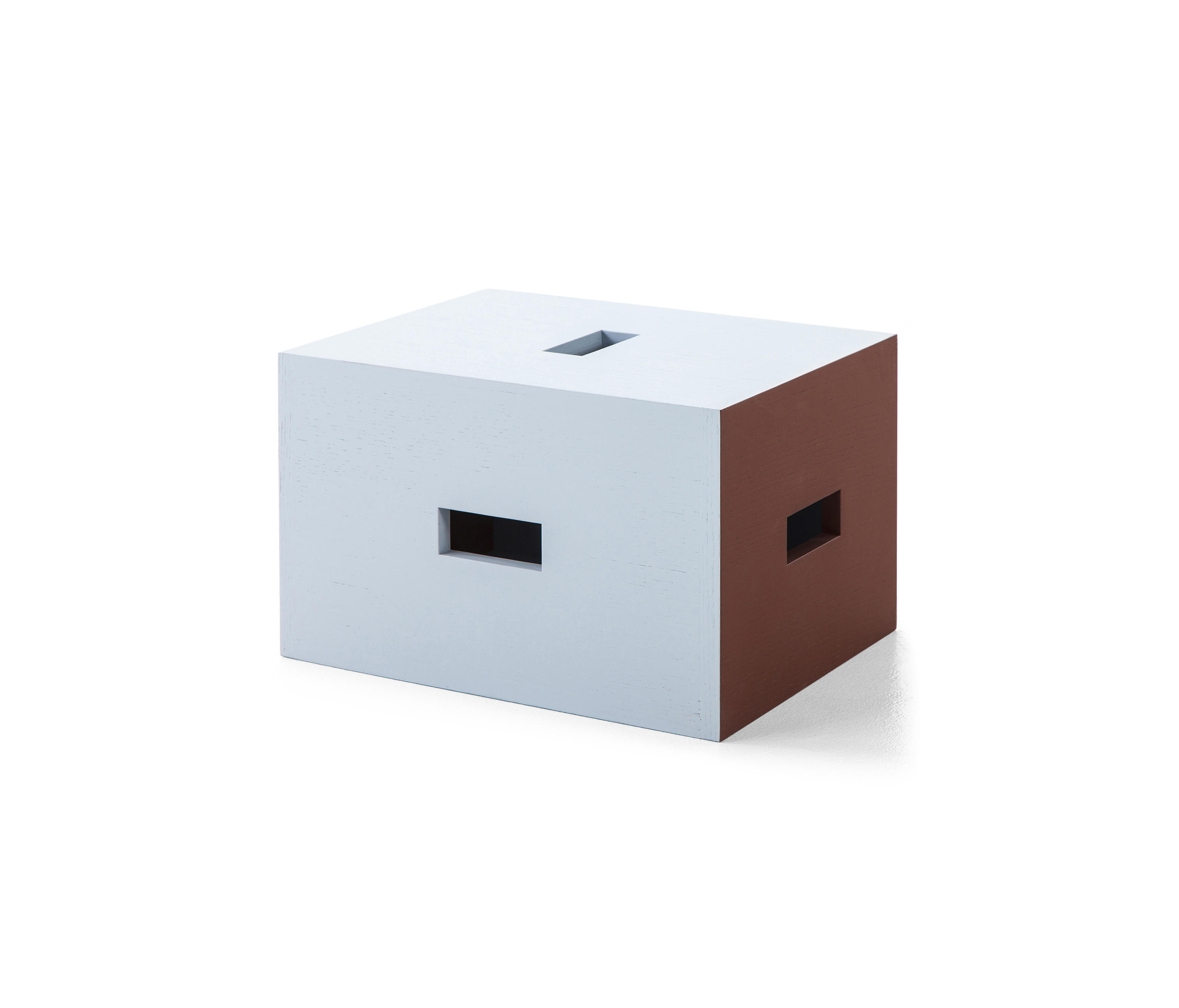
LC19 by Cassina:
Made with a tubular brushed nickel plate, it is a small writing desk. Designed in 1925 for a villa this table has a matt finish paint and tubular cross bars beneath the desk top. This metal table was the first piece for the future metal furniture series.
It measures 72cm x 70cm x 50cm.
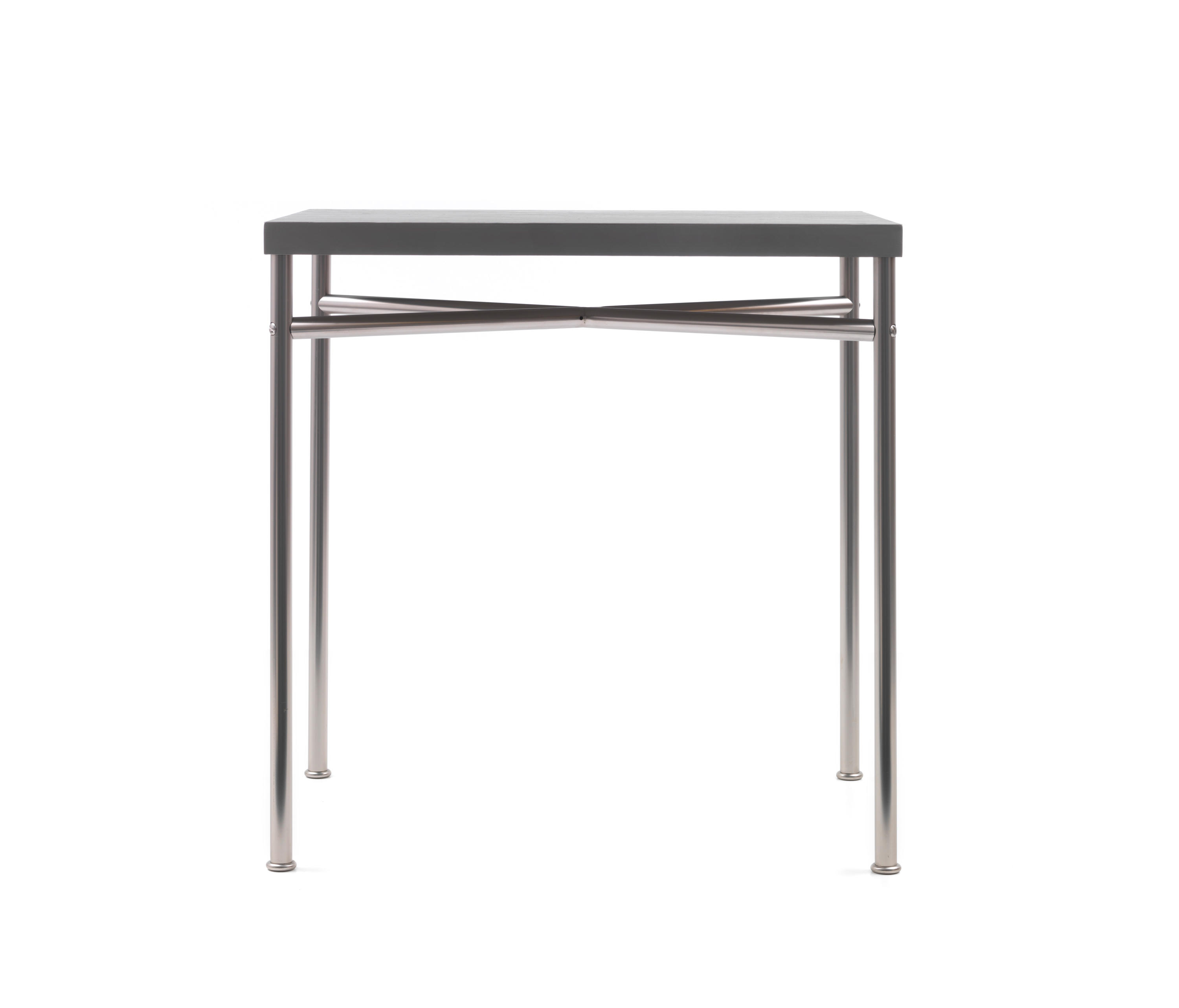
SCULPTURES AND ARTWORKS:
OPEN HAND STATUE:
Placed at a prominent place in the capital city of Punjab, this is one of the Open Hands designed by Corbusier. It symbolizes the hand is open to give and receive; the unity of mankind; prosperity and peace.
The height of the structure is 26 meters (85 feet) high and weighs 45,359 kg. This metal structure was designed to rotate with the wind. This one situated in Chandigarh is the largest among other hand statues.
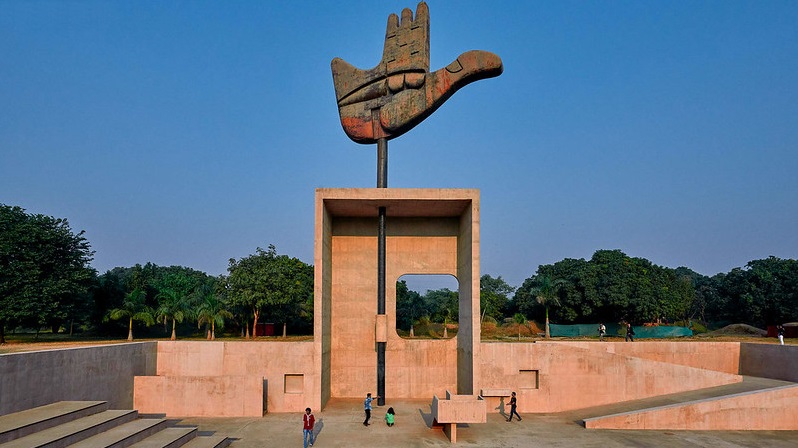
FEMME, 1962:
The sculpture depicts a mystical woman carved from mahogany and is partially painted. It reflects his idea of feminism and how he was fascinated by it. The red and white colors used are full of purity, innocence, warmth, love, and life.
Le Corbusier changed the life of modern design. He gave so many new ideas, techniques, and different perspectives for us to look at. He was no doubt one of the finest architects that the world witnessed, who has his name in all design industries. Le Corbusier Architecture is the new life of the architectural world.

